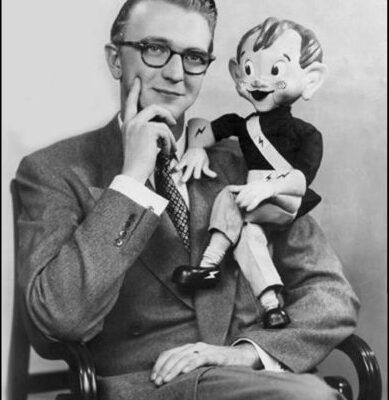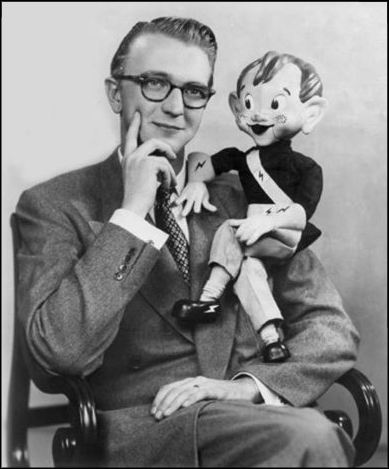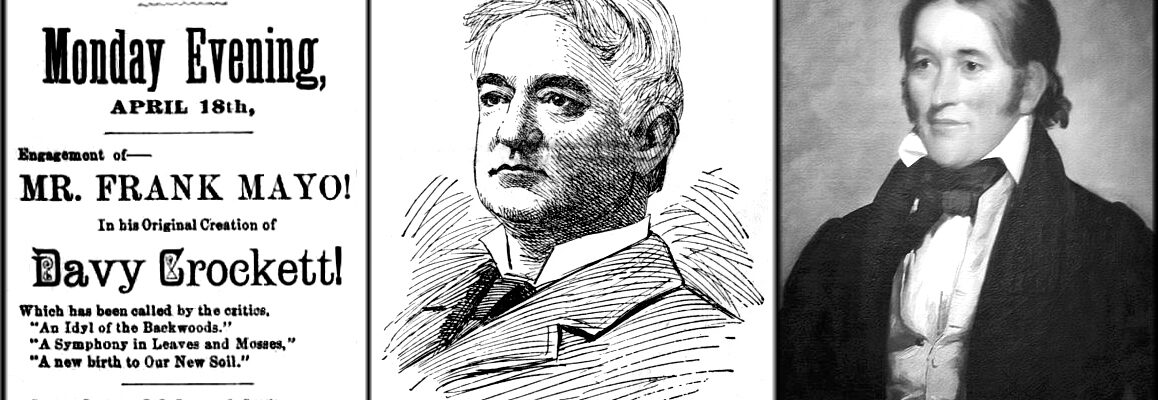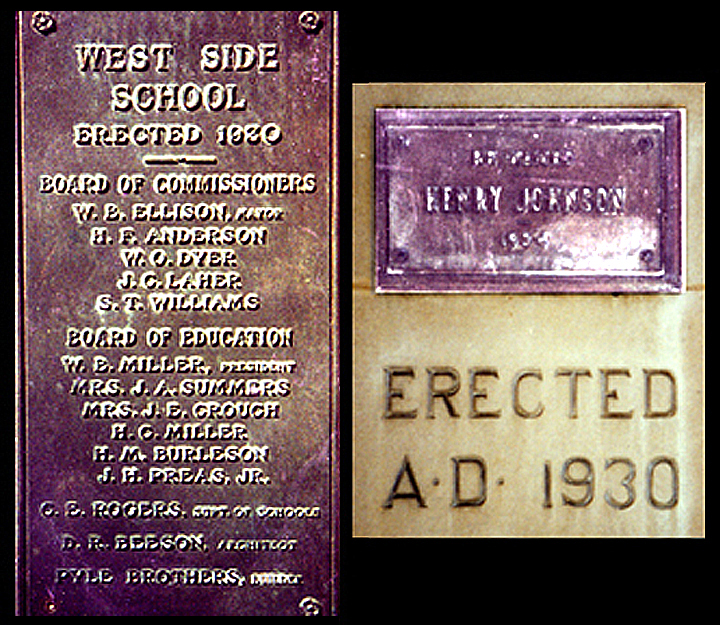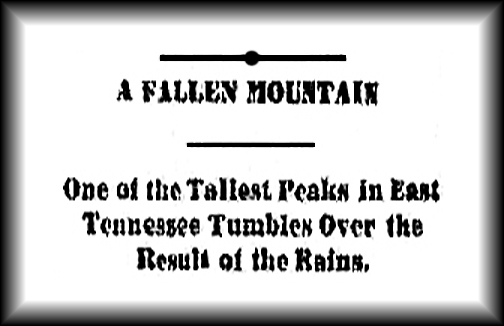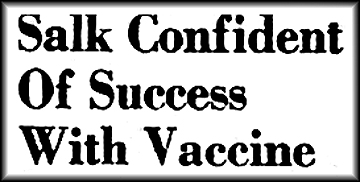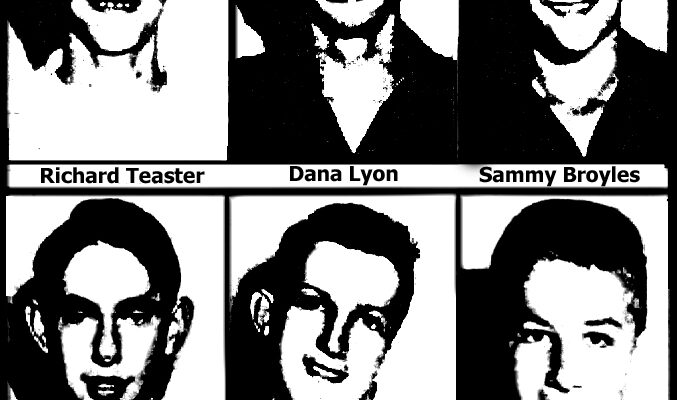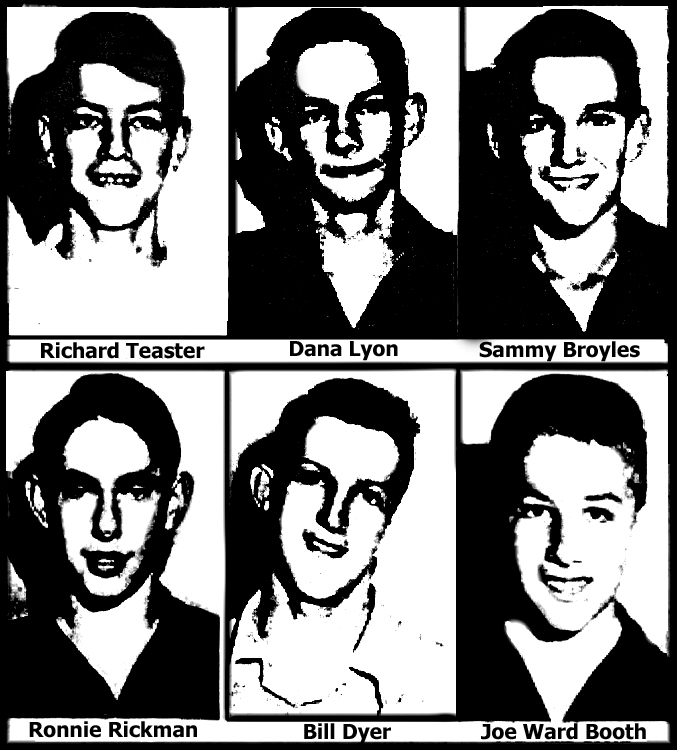Occasionally, I delve back into my childhood to revisit cherished memories of yesteryear. My favorite radio show of the early-to-mid 1950s was, without question, “Big Jon & Sparkie.” The program ran from 1948 until 1958.
Big Jon and Sparkie Who Shared the Same Voice Over Radio
I faithfully listened to it over WJHL on my bakelite radio every weekday afternoon at five p.m. (one hour at the beginning of the series, later reduced to 15 minutes) and every Saturday morning at 9:00 a.m. for their “No School Today” (“Noooo Schooool Todaaaay”) program (initially two hours, eventually 60 minutes).
Two other late afternoon broadcasts that the youngsters of my generation enjoyed were ” Tom Corbett, Space Cadet,” who kept the universe safe from space pirates and “Mark Trail,” an outdoorsman, conservationist who courageously fought the enemies of man and nature.
Big Jon was Jon Arthur (real name Jonathan Goerss) and Sparkie, “the little elf from the land of make-believe who wants more than anything else in the world to be a real boy.” Sparkie's voice was actually that of his creator that had been speeded up electronically, something a bit unique in those days. Dave Seville later did the same thing with his “Alvin and the Chipmunks” recording in 1958.
The radio show's theme song, “The Teddy Bear's Picnic,” was an organ instrumental. Initially, Big Jon had more airtime than anyone on radio. I never missed a daily episode. One story line that sticks in my memory was a boat journey from Africa back home to Cincinnati.
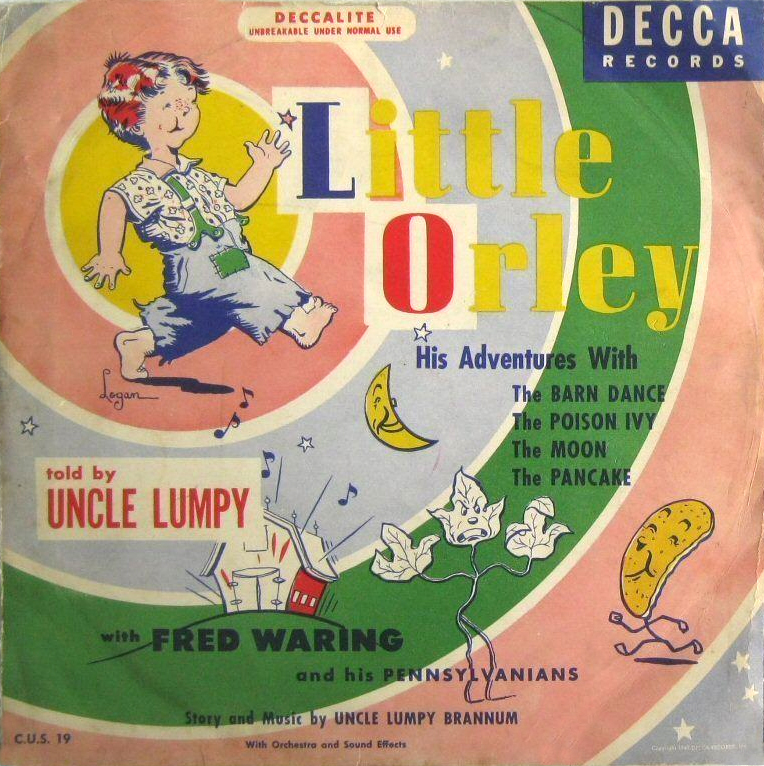
Of all the stories featured on the Saturday morning version of the show, my favorites were the “Little Orley” episodes. The creator and writer of them was former Marine, Hugh “Uncle Lumpy” Brannum. He later became Mister Green Jeans on television's “Captain Kangaroo,” playing the role of farmer, handyman and inventor. Each creative recording was about four minutes in length. Brannum always ended his “Little Orley” adventures with the catch phrase, “that's all.”
Around 1955, I located a Decca 78-rpm “non-breakable” record containing two “Little Orley” stories: “Little Orley and the Parade” and “Little Orley and the Cloud.” As I played them, I quickly remembered both selections.
In the spring of 1999, I came across an advertisement for the entire set of stories on several CDs. I ordered eight stories and found them to be as entertaining as they had been in 1955.
The adventures were the creation of noted bandleader, Fred Waring and His Pennsylvanians, who hired Brannum to write and record the stories. The recordings were intended to be a part of a radio show but television was advancing rapidly on the entertainment field, pushing radio to the sidelines. Although the radio program was cancelled, the shows managed to become a part of Big Jon and Sparkie's Saturday morning programs.
My research reveals that there were a total of 45 stories in the series such as Little Orley and the… Parade, Cloud, Leprechaun, Barn Dance, Glee Club, Engine, Pancake, Snowstorm, Bull Fiddle, Cricket, Bug Band, Bookworm, Sunday School Picnic, Stranger, Love Bug and Helpful Snowman.
After almost 50 years, I found myself quoting the words, line by line, of “Little Orley and the Parade”… “Well now, once upon a time, Orley's pa said, 'hey, there's a big parade in town today. They do say as how it's gonna be quite a show, so Orley put your shoes on, come on, let's go.' Then he hitched up the team and said 'Geteup, boy' And they drove down the road while Orley jumped for joy.” I could go on, but I won't.
Little Orley must have been a country boy because he rode a team of horses to the parade. Maybe that is why I liked him so much. I conclude by taking a cue from Uncle Lumply… “That's all.”
